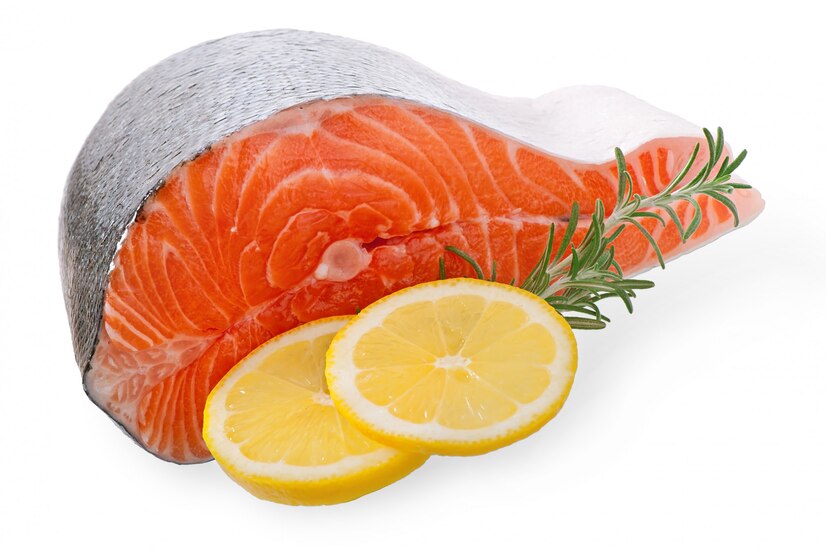Salmon is often hailed as a superfood, packed with omega-3 fatty acids, high-quality protein, and an array of vitamins and minerals. Despite its numerous health benefits, some people hesitate to incorporate this nutrient-dense fish into their diet. What are the reasons behind this aversion? Let’s explore some common factors that make people shy away from eating salmon.
1. Strong Flavor and Aroma
One of the primary reasons people avoid salmon is its distinct flavor and smell. Unlike milder white fish, salmon has a robust taste and a pronounced aroma that can be off-putting to those who prefer less intense seafood. The smell of cooking salmon can linger in the kitchen, which is another deterrent for some.
2. Texture Issues
The texture of salmon can also be a barrier. When cooked improperly, salmon can become dry and chewy, making it unappealing. Even when cooked correctly, the rich, oily texture is not to everyone’s liking. Some people may find the fatty mouthfeel unpleasant compared to the leaner texture of other fish.
3. Health Concerns
While salmon is generally considered a healthy food, concerns about contaminants like mercury and PCBs (polychlorinated biphenyls) can make people wary. These pollutants can accumulate in fish and pose health risks, especially for pregnant women and young children. Though salmon typically contains lower levels of these contaminants than some other fish, the fear of potential exposure still influences some people’s choices.
4. Cost
Salmon can be expensive, particularly wild-caught varieties, which are often recommended for their higher nutrient content and lower levels of contaminants compared to farmed salmon. The high cost can be a significant factor for those on a tight budget, making more affordable proteins like chicken or beans a more attractive option.
5. Environmental Concerns
Environmental sustainability is another concern that affects people’s willingness to eat salmon. Overfishing and the environmental impact of salmon farming, such as water pollution and the spread of diseases to wild fish populations, are issues that environmentally conscious consumers consider. Some might choose to avoid salmon altogether to reduce their ecological footprint.
6. Culinary Skills
Cooking salmon can be intimidating for those who are not confident in the kitchen. The fear of overcooking or undercooking the fish can deter people from trying to prepare it at home. Additionally, salmon’s distinct flavor can be challenging to pair with other ingredients, making it seem less versatile than more neutral proteins.
7. Cultural Preferences
Cultural and regional dietary habits also play a role in food preferences. In regions where seafood is not a staple part of the diet, people might be less inclined to try salmon. Cultural tastes and traditional cuisines significantly influence what people consider palatable or desirable.
8. Allergies and Sensitivities
Fish allergies, though relatively uncommon, are another reason some individuals avoid salmon. Symptoms can range from mild (such as hives) to severe (such as anaphylaxis), making it essential for those with allergies to steer clear of all fish, including salmon.
While salmon offers a wealth of health benefits, various factors can deter people from including it in their diet. Strong flavor and aroma, texture issues, health and environmental concerns, cost, culinary challenges, cultural preferences, and allergies all contribute to this aversion. Understanding these reasons can help in addressing the concerns and possibly finding solutions to make salmon more appealing to a broader audience. For those willing to explore, there are numerous ways to prepare salmon that can mitigate some of these issues and highlight its delicious and nutritious qualities.

 Entertainment3 months ago
Entertainment3 months ago
 Celeb Gossip3 months ago
Celeb Gossip3 months ago
 News3 months ago
News3 months ago
 News3 months ago
News3 months ago
 World News3 months ago
World News3 months ago
 News2 months ago
News2 months ago
 World News1 month ago
World News1 month ago
 News1 month ago
News1 month ago






